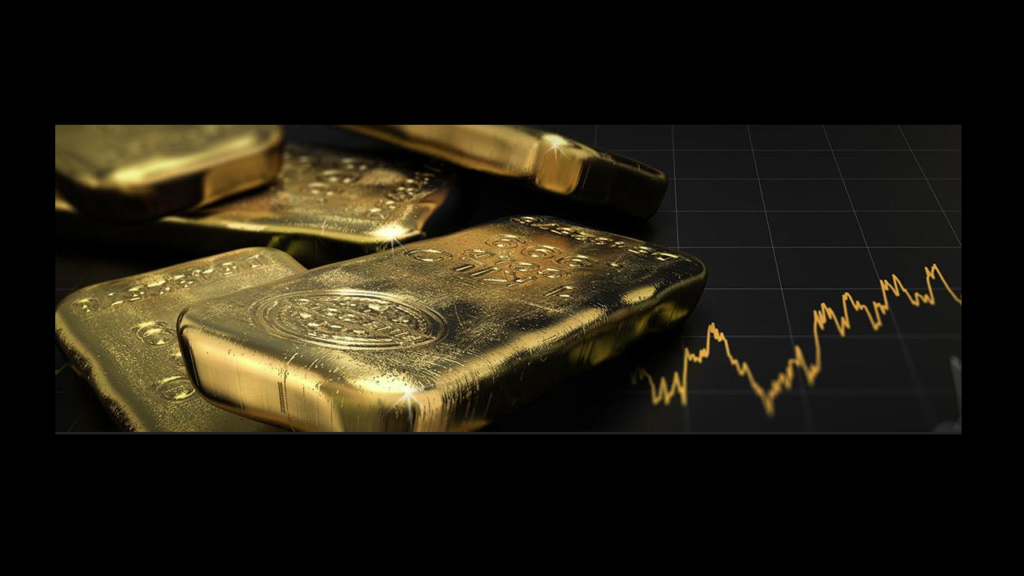Schiff: Why Is Gold The Last Safe Haven Standing?
Tyler Durden
Wed, 06/24/2020 – 16:25
Gold took out the April highs and rose to the highest level in 8 years on Tuesday. The rally in other safe have assets has stalled in recent weeks, but gold has continued to rise. Why is gold the only safe haven left standing? Peter Schiff explained in his podcast.
Even as the price of the metal continues to climb, gold stocks lag. Peter said a lot of traders still seem to be skeptical of this rally.
Ever since we got this rally, or this more recent rally, people just assume that it’s a temporary deal. ‘Oh, people are just flooding into gold. It’s a safe haven. They’re worried about COVID-19. They’re worried about the stock market going down. They’re worried about recession and all that. And so, they’re seeking out safe havens. But, you know, once the dust settles though, they’ll be taking the safe havens off. They’ll be getting out of those trades. They’ll be getting back into stocks.’ And so, they expect gold to fall.”
The continuing rise of US stock markets has helped fuel this skepticism.
Everybody who’s in these gold stocks – they’ve got one foot out the door. They don’t expect the momentum to continue. Yet gold continues to go up anyway. Gold continues to make new highs.”
Consider the three primary safe-haven assets – gold, the dollar and US Treasuries. When the stock market plunged in March with the onset of the COVID-19 government lockdown, the dollar rallied, Treasury prices skyrocketed and yields fell to record lows, and after an initial decline, gold rallied as well.
But of those three safe havens, the only one that continues to rise is gold.”
So, why is gold the only safe-haven left standing?
Because the real risk, the real threat, is not, or was not, plunging stock prices or COVID-19. The real threat is inflation. That’s what people are seeking out a safe haven from. It’s the central banks. It’s not that we have COVID-19 and a recession, but it’s the monetary policy response to the recession. It’s not the damage done from COVID-19. It’s the damage done from the monetary policy response to COVID-19 and to the monetary policy response to the fiscal policy response.
Of course, the fiscal policy response is to spend money. The Fed’s response is to print money to make the spending possible. None of this is actually helping.
That is what investors need safety from. So, the reason gold is the only safe haven that’s still going up is it’s the only safe haven that provides safety, that is a haven against inflation and global fiat currency debasement.”
In fact, the only reason stocks are rising is because the currency is being debased – central banks are inflating. As a recent article published by The Economist put it:
This devaluation will eventually lead to a loss of faith in the dollar and people will no more want to hold the fiat currency. As a result, people will want to convert their cash/wealth to something that they believe in, something that can protect their wealth with, something that has intrinsic value and that has proved its worth over decades.”
Gold.
Peter said that while this inflation is nominally bullish for the stock market, it is far more bullish for gold.
In fact, when central banks are doing that, real stock prices, which would be stock prices measured in gold, should be going down. And in fact, they are going down.”
Gold is outperforming every US stock market year-to-date, including the high-flying NASDAQ.
If gold continues its trajectory through the second have of the year, it will break the all-time record and finish above $2,000. Even some in the mainstream are anticipating this. Goldman Sachs recently raised its 12-month gold price forecast to $2,000.
In this podcast, Peter also talked about the stock market, the politics of the presidential election and explained why the dollar milkshake theory is all wet.
via ZeroHedge News https://ift.tt/3fStBqv Tyler Durden
